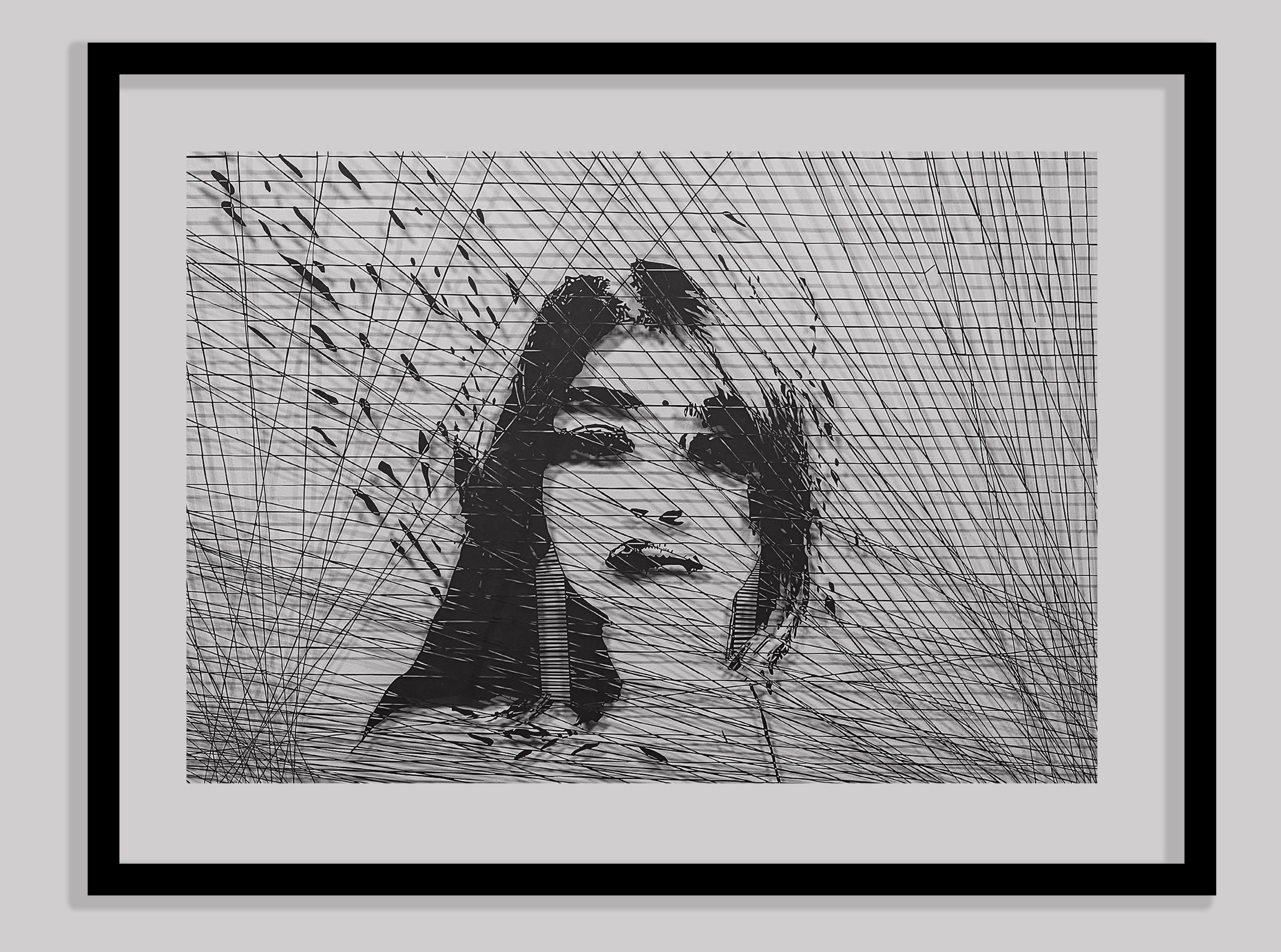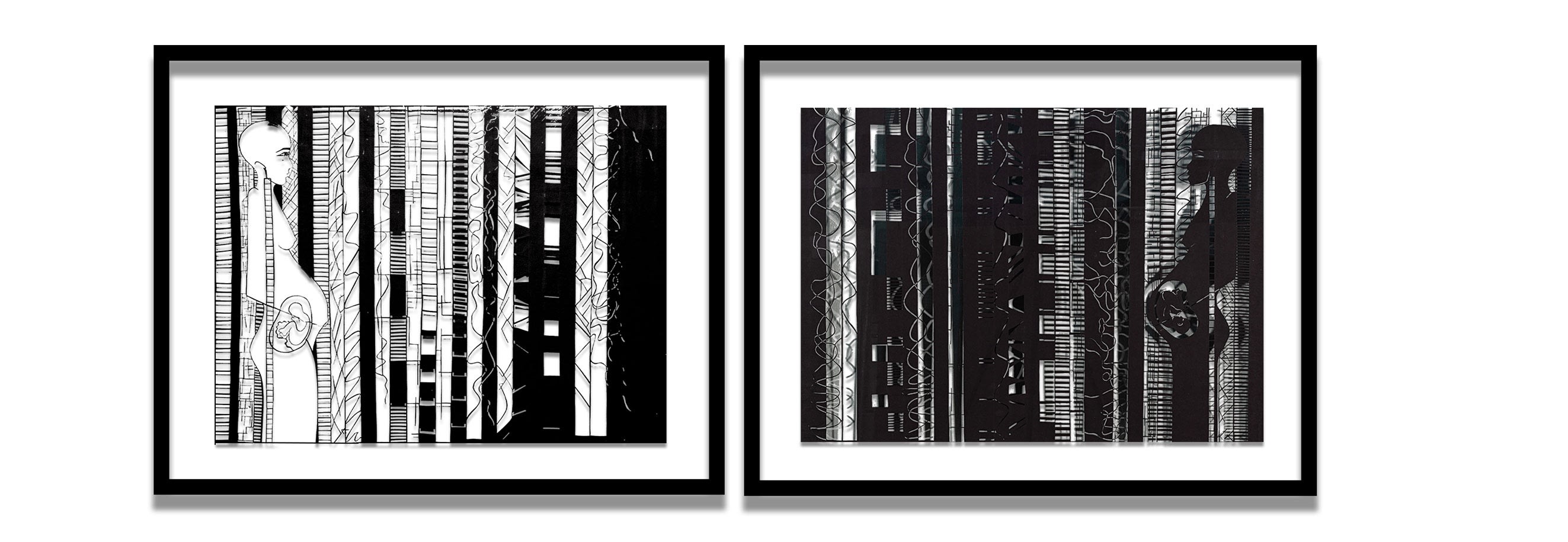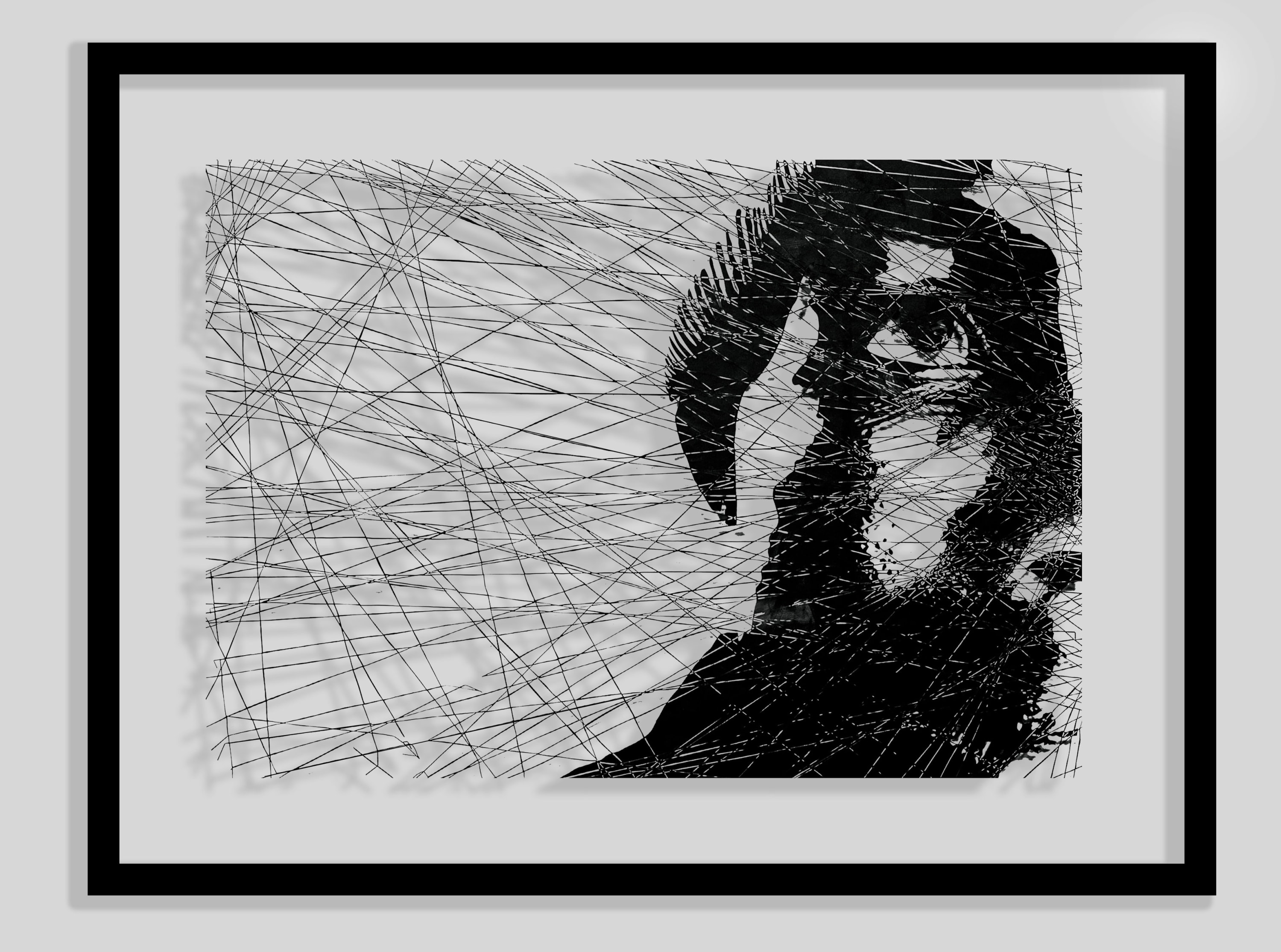-
-
You primarily work in the medium of paper-cutting, which you say is an art form that is counter to your personality. Can you please elaborate on that?A: I am a passionate, hot-blooded person. The most common comment I get from people I know is ‘how do you have so much energy’ whereas from the people I don’t know the comment is ‘you are in such a rush’. I move quickly, make decisions quickly and often follow my instinct. When I was a painter (the first ten years of my career), I was a messy painter. I would paint to loud music making brush strokes and layering the work. Paper cutting cannot be done in this approach. I have to be very calm, patient and diligent. One wrong cut could destroy a work. It is like a form of meditation for me. I listen to slower music like classical or lounge, and I have to breathe slowly and give the process the time it needs. It is a very different approach to the rest of my life.Q: Is your medium of papercutting a process of extraction that links to experience?A: I start with one piece of paper and then I cut away until the artwork is formed. I am removing pieces of the paper continually which is a form of extraction. I have been doing this artform for thirteen years now – it has taken a great deal of learning and practice to cut so freely and to almost draw with the knife. Experience and years of cutting has allowed me to create the amount of detail and the fine lines that I do in my work.
-
Q: You have said that the interplay of light and dark is a reminder of the importance of looking out, into the light, for hope and growth. Can you please elaborate on this?A: Papercutting is a process of extraction: starting with one piece of black paper the image is revealed through cutting away. Light is what allows the image to be seen. In the same way we all need to cut away elements of our lives that are no longer needed and for the light to shine through, while remembering and growing from the seed within.Q: Would you say that your work has a particular thematic concern, other than light and dark?A: I think at the core of my work is the focus on connection. My works speak across many themes and many conceptual intentions, but the connection is what I am most focused on – the space between the nodal points. The space that allows the nodal points to exist. The subject is not possible technically without the pattern that holds the works together. My solo exhibition last year was titled ‘Finding the Pattern’ and it was about just this – how do we weave a strong pattern to make ourselves less fragile. The process of artmaking and the technical limitations of paper and paper cutting are philosophically very important to my artworks. The artform has many technicalities – in order to cut paper and create a level of strength in the paper, the ‘pattern’ or ‘background’ of the work is very important. So you have a layered work. On the one layer is the image and its story. On another layer is the pattern or connection that holds the work together. I see direct meaning in this. Within our lives we have key moments of joy, sadness, memory but we have thousands and thousands of connections and a weaving together of the story of each of our lives. That really interests me and I enjoy that component within my works.
-
Q: The theme of light and dark links to a series titled ‘A Mother’s Window;’ can you please explain the inspiration for the series.
A: During Covid-19 a fellow South African artist and friend went through one of the most haunting experiences I could imagine. His mother was murdered by his stepfather. In 2021 on Instagram, he posted an image of his mother's window. He had gone home to collect things with his sister. The image looked out into the light from a visually dark space. This image, and Bolelang's story, has inspired a series of artworks called 'A Mother's Window.' In January I asked people on social media to share with me photographs of their ‘Mother’s Window’ – windows in the homes of the people who had given them strength over the years and shared wisdom. I collected a variety of photographs of windows that were used in this series.
This is a series that reflects on a global place of darkness and the importance of looking out, into light, for hope and growth. This series speaks to the power of memory, roots, place, and nurture that can help us find the light in times of trouble. This series is a reminder that finding the light often means going back to our roots and to what we have already learnt and with that, finding the strength to 'go outside' to where the light is. We all have stories and people of strength that have offered us guidance and ‘mothered’ us so that we can step into the unknown, take chances and light up our world. This body of work is a reminder of that, and a reminder that without the darkness we cannot experience the light. -
Q: Who or what is your artistic inspiration?A: I do not see it that way – art is critical for me. It is the space for process, for thinking and for reflection. The making of art is where I find my base again and where I am reminded of myself again. I am not inspired by an external specific theme or person. To me, art making is another language that I need to speak because it explains many things about my subconscious that I do not understand. I cannot simplify this to words and a specific inspiration as it is much deeper than that. Over the years, and currently, I have to do a great deal of work in order to get by financially, just like most artists. I lecture, do research, consult but I have to make art. I must have this outlet in order to make sense of this world and bring together the threads, patterns and confusions that life gives us.
-


